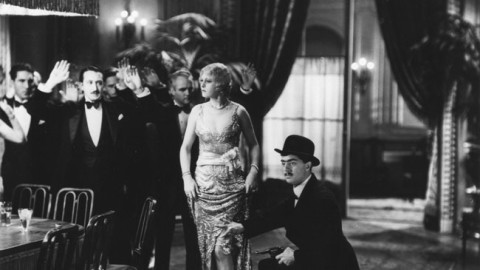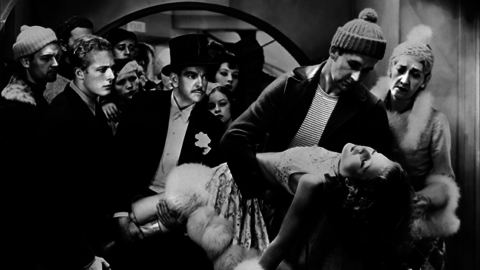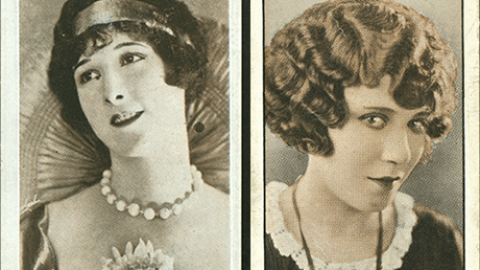Rep Diary: Nancy Carroll
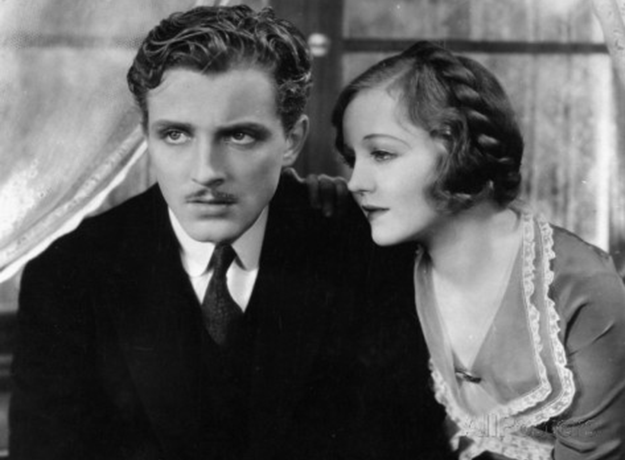
Broken Lullaby
The coming of sound made Nancy Carroll a short-lived star. One of the first women to sing and dance on a studio sound stage (Abie’s Irish Rose, 28), Carroll was recruited from the New York City theater, where she had been performing since her teenage years. A vibrant presence in early talkies, she saw her career decline through the 1930s, where, rightly or not, she earned a reputation of being “difficult.” She bristled at being stereotyped as nothing but a musical ingénue, but that’s almost the only part studios would give her. Following a few flops, Carroll’s stint as a leading lady was over by 1936.
Her memory lived on at Capitolfest, a convivial festival of silent and early sound features held annually in Rome, New York. Carroll was the star of the 13th edition held August 7-9 (next year’s star: Gary Cooper), where they screened five of her features on 35mm in the palatial Capitol Theatre (built in 1928): The Shopworn Angel (28, missing its final reel), Illusion (29), The Devil’s Holiday (30), Follow Thru (30), and Under-Cover Man (32). This crash course in Carroll Studies revealed an assertively sly comedienne whose piercing blue eyes and vermilion hair were practically made for the blossoming Technicolor technology.
Carroll was born as Ann Veronica LaHiff on November 19, 1903 on the Upper West Side of Manhattan. She was the seventh of 14 children born to her Irish immigrant parents, Thomas and Anne, who had little use for show business. Without their knowledge Ann Veronica performed at age 16 in an amateur talent show with her sister Terry at the Orpheum Theatre that consisted of “harmony, songs, and dancing.” Local operator Buddy Carroll got her on the card by saying they were his sisters—hence her stage name. Eventually she got a job as a chorine on The Passing Show of 1923, and married newspaperman Jack Kirkland in 1924. When Kirkland got work as a scenario writer and press agent, they moved to Hollywood, where Carroll plied her trade around town. Her first big break was the role in stage adaptation Abie’s Irish Rose, won after the original playwright Anne Nichols and director Victor Fleming saw one of her screen tests.
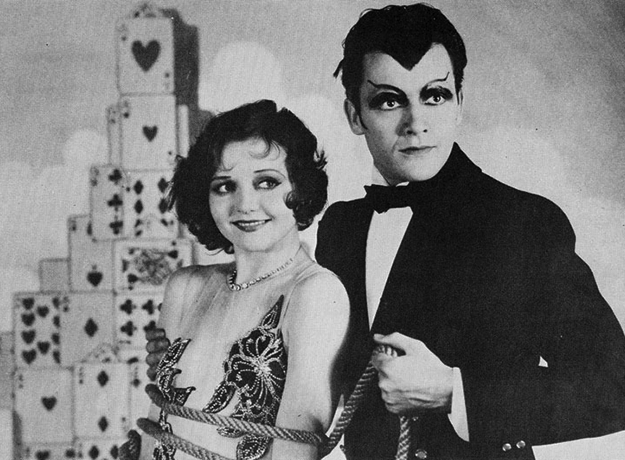
Illusion
As early as 1929, there are reports of Carroll bridling at the parts Paramount was giving her with crooner Buddy Rogers. A few months after the release of Illusion she spoke to The Stanford Daily with blunt candor:
Nancy Carroll would renounce all claims to “sweet seventeen” ingénue parts, she revealed in discussing Illusion, the latest production in which she is leading lady for Buddy Rogers. Furthermore, Mr. Rogers is not the type which she prefers to play opposite: a man about thirty years old would suit her much better, she says. “It’s not that I don’t enjoy a lot of those scenes with Buddy—what girl wouldn’t? He is all that a young girl could ask for. But I was on the stage before I went into pictures. I can really act if given half a chance, and most assuredly these eternal sweet young ingénues give me no opportunities to characterize. I believe that Buddy has been terribly miscast in Illusion. The masculine lead calls for a much older man.
She is unforgiving in her judgment of Rogers’s talents, yet Paramount would continue to pair the two of them throughout her contract. It’s possible to discern a wariness among studios toward working with an actress without any filter. On the set of the brilliant, underrated Broken Lullaby (32), Ernst Lubitsch complained: “She doesn’t understand what I want her to do . . . She doesn’t want direction.” Carroll was very much her own stubborn, independent woman.
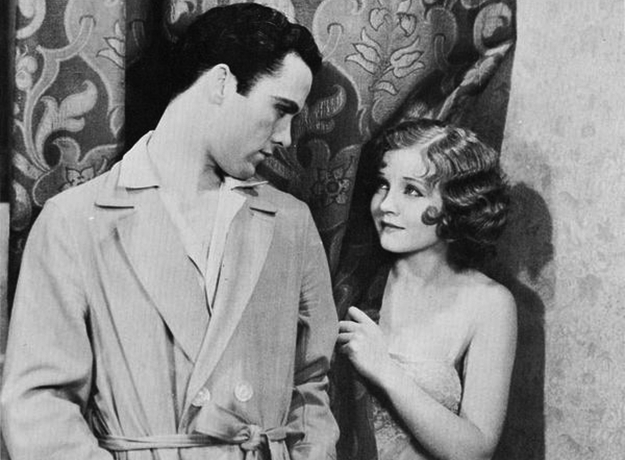
Illusion
Though Illusion, a backstage magician drama, provided yet another role as an innocent young performer, it’s an unusually subtle one. Directed by Lothar Mendes, Carroll stars as Claire Jernigan, a plucky gal who grew up on the vaudeville circuit and now works as a magician’s assistant to her childhood friend and former circus ringleader Carlee Thorpe (Rogers). But Thorpe wants to climb the social ladder, and starts attending society parties and dating heiresses. The movie is riven with class tensions: at one point Claire performs a soft shoe in front of the Queen of Dalmatia, who has brought Carlee as her guest. Carroll is playing a character close to her own upbringing, and invests it with grit, pathos, and a real feel for the physicality involved with hoofing it for a living.
In the June 1931 issue of Silver Screen, Carroll diagnosed what Hollywood wanted from her: “I was from the New York chorus, and I had red hair and a round baby face. So I was the goat. I had to be cute and coy and kittenish.” But that sarcasm, that revolt, is visible at the edges of her performances—it’s what makes her young innocents feel so dangerous and free.
Illusion is filled with pungent bit parts too, from Kay Francis, in one of her first films, as a procurer of young men, to Regis Toomey as a cynical alcoholic drinking his inheritance away. Each character that threatens to become cliché is enlivened by a full-bodied performance. Even the other woman (June Collyer) vying for Carlee’s affections is given a moment of grace, crumpling into her father’s arms after losing her beloved to Claire.
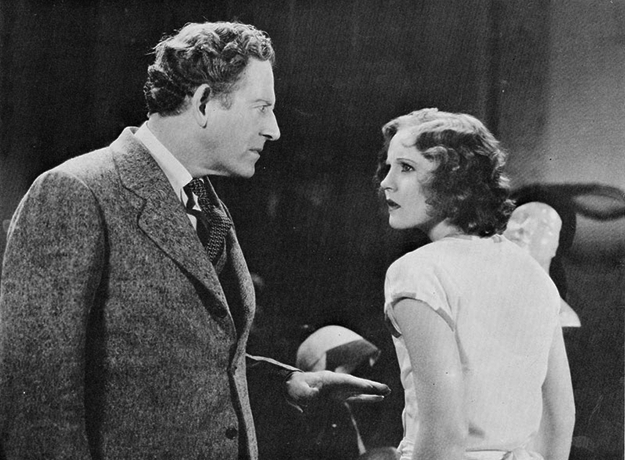
The Devil’s Holiday
Seeking more adult roles, Carroll got what she asked for on The Devil’s Holiday (30), playing man-devouring con artist Hallie Hobart, who marries into a rich farming family to leech them of cash. She received her only Academy Award nomination for her performance, a high-wire act that transitions from guileless flirtation—sex as performance—to a final act that attempts to approximate the romantic intensity of Frank Borzage. But Edmund Goulding, not Borzage, was directing Carroll, and he compared her to “a horse that has been badly handled and resents the bit. She had had a run of bad pictures. She wasn’t in a good frame of mind. I had to coax her out of it.”
It wasn’t Carroll that needed saving but Goulding’s thuddingly obvious script that flips Hallie from Whore to Madonna with the snap of her husband David Stone’s neck: when David (Phillips Holmes) is injured in a fight, she abruptly devotes herself to nursing him back to health. But Holmes was at least an actor of great innocence and fragility, practically trembling like a newly born doe. He had a strange alchemy with Carroll, also visible in Broken Lullaby, in which they seemed to fall apart in each other’s arms. It’s what makes The Devil’s Holiday so improbably moving.
After The Devil’s Holiday Paramount assigned Carroll to another musical comedy with Rogers, shot in two-strip Technicolor. Though she was likely miserable making it, Follow Thru is an absolute delight. Country-club golf champion Lora Moore (Carroll) falls in love with visiting pro golfer Jerry Downs (Rogers), who is in town to instruct his girl-phobic pal Jack Martin (Jack Haley) in the ways of the links and the ladies. But Downs is being pursued by female golf pro Ruth Van Horn (Thelma Todd), while Martin is in the sights of Moore’s best friend Angie (Zelma O’Neal).
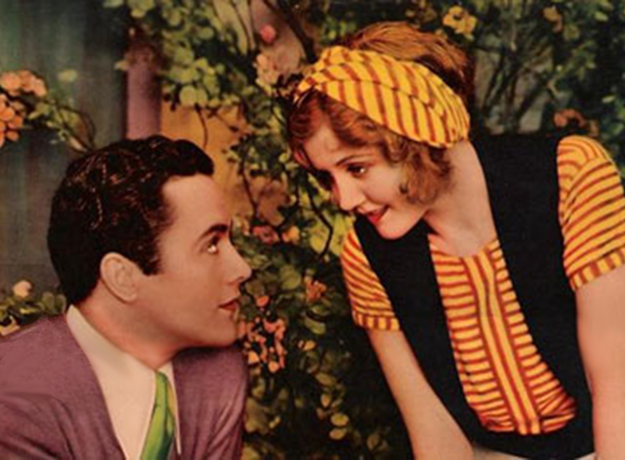
Follow Thru
Originally a stage production, this roundelay of love affairs was a minor Broadway hit in 1929, and the producer of that show, Laurence Schwab, also directed the film. It’s an excuse for elaborate musical sequences and to show Eugene Pallette, another country-club guest, in various states of undress. (Both worthy goals.) Carroll was made for Technicolor, and her first appearance as she tees off—the red-blue-red of her hair-eyes-lips popping off the screen—elicited loud applause at the screening in the cavernous Capitol Theatre (the only competition for loudest cheers was the Library of Congress logo).
Rogers remains a passive, resolutely distanced personality, so Carroll has to provide all the sparks herself as a love-struck tomboy learning the arts of seduction, though the supporting players do their part. O’Neal, reprising her role from the stage show, is a wisecracking-sidekick extraordinaire, and she busts out with a scorching rendition of “I Want to be Bad” in which her costume keeps changing from devil to angel, and the backup dancers make the fiery pits of hell look like a joyous nightclub act. It’s a tear-the-house-down kind of number, and Carroll seems more than happy to cede the stage.
It’s unclear how happy she was to be on stage at all. In 1931, a year after Follow Thru, she wrote in Silver Screen: “I’ve often wondered what my screen career might have been if I hadn’t been side-tracked just then by those darn musicals.” And yet, though she hated them, she was a naturally charismatic singer and comedian, quick witted and light on her feet, with a restless discontent that kept driving her forward, making it impossible to take your eyes off of her.



